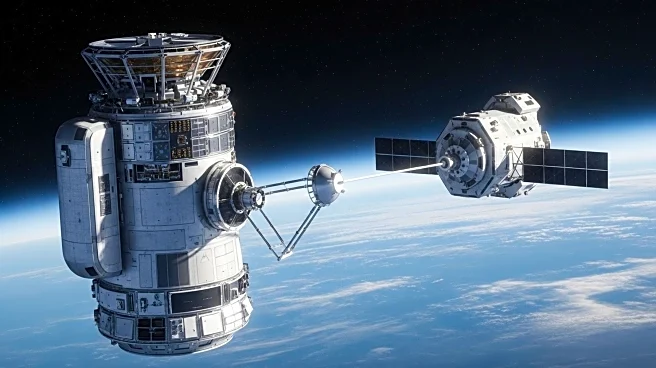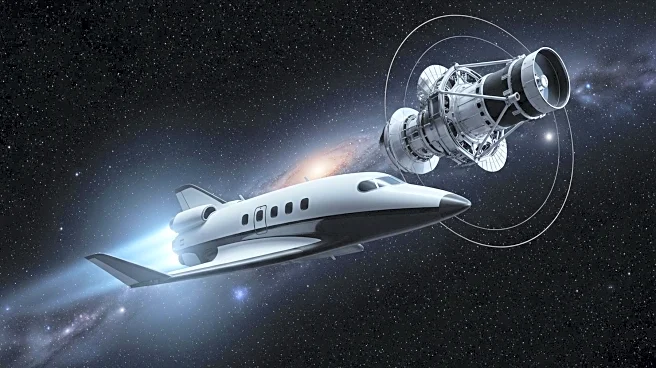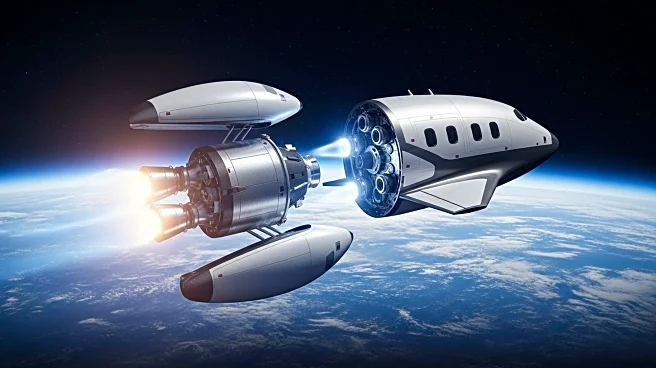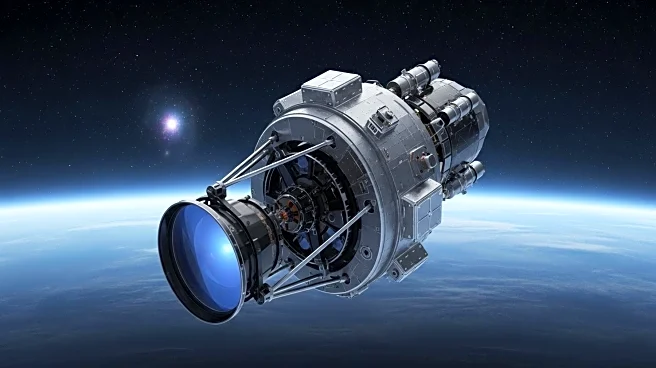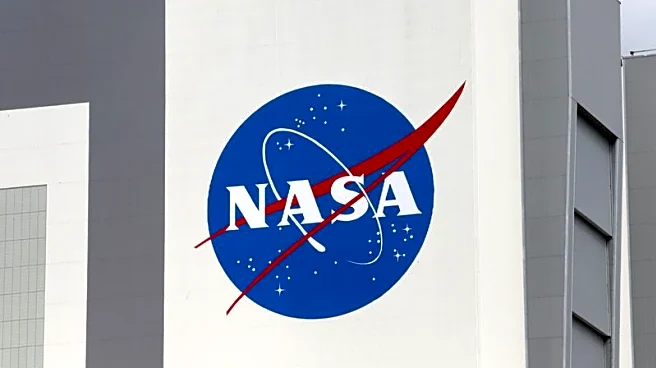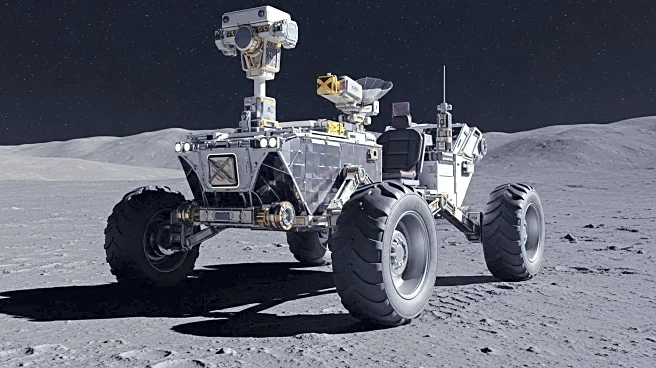What's Happening?
NASA has contracted Arizona-based Katalyst Space Technologies to raise the altitude of the Neil Gehrels Swift Observatory, which has been observing gamma-ray bursts from low Earth orbit since 2004. The observatory's orbit has been decaying due to atmospheric drag, exacerbated by increased solar activity. Katalyst will build a boosting spacecraft to launch in spring 2026, aiming to rendezvous with Swift and elevate its orbit. This mission marks the first time a private spacecraft will attempt to service a U.S. government satellite that was not designed for in-space servicing. The initiative is part of NASA's effort to leverage commercial technologies to extend the life of existing missions.
Why It's Important?
The mission represents a significant step in satellite servicing, potentially paving the way for future collaborations between NASA and private companies to maintain and extend the operational life of space assets. By boosting Swift's orbit, NASA can continue its valuable observations of gamma-ray bursts, which provide insights into the universe's most energetic events. This approach is more cost-effective than launching a new mission, demonstrating a forward-thinking strategy in space exploration and technology utilization. The success of this mission could lead to more partnerships that enhance the sustainability of space operations.
What's Next?
If successful, the mission could set a precedent for similar collaborations, allowing NASA to tap into commercial solutions for satellite maintenance. This could lead to more cost-effective strategies for extending the life of other satellites facing orbital decay. The partnership with Katalyst may inspire other private companies to develop technologies for satellite servicing, potentially expanding the market for space infrastructure support.

